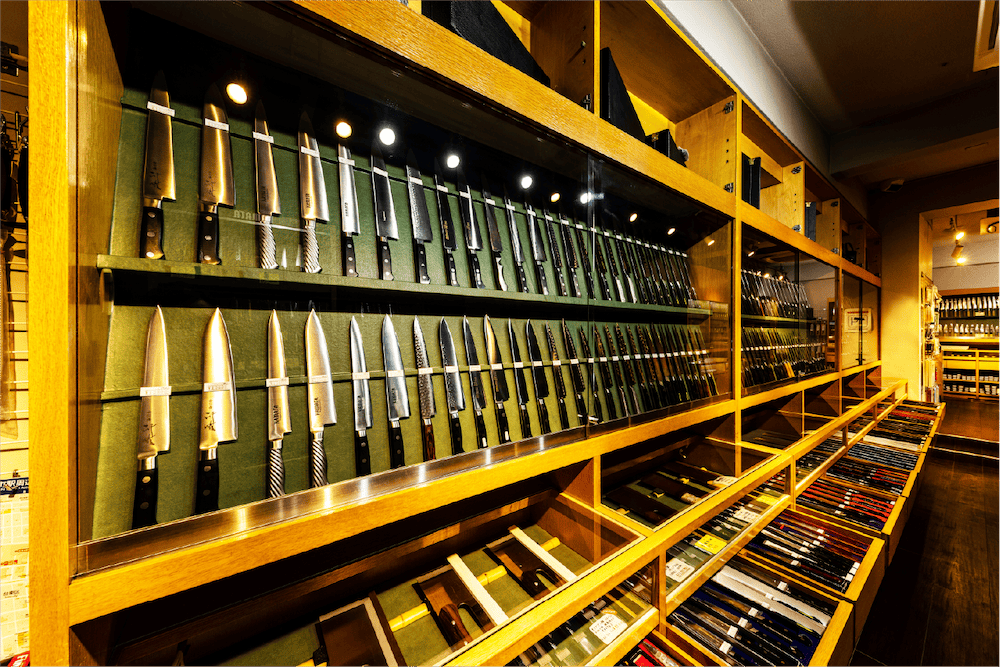Hawatari is a term that refers to the length of the blade portion of a knife or blade. Specifically, it refers to the distance from the tip of the sharp part of the blade to the base of the blade. The length of the blade is designed differently depending on the knife’s use and purpose.
The length of the blade length is an important factor that affects the sharpness and operability of the knife. Below is an explanation of how the length of the blade length affects
- Sharpness and cutting power: A knife with a longer blade length can distribute the cutting power over a larger area. This allows for more efficient cutting of the food and better sharpness. On the other hand, knives with shorter blade lengths provide more concentrated cutting force, but may have difficulty cutting large areas at a time.
- Maneuverability and balance: The length of the blade also affects the knife’s maneuverability. A knife with a long blade has an advantage when cutting large or thick foods, but it can be difficult to perform fine or delicate operations. On the other hand, knives with short blade lengths are good for fine work, but may not be suitable for cutting large foods.
- Stability and safety: The length of the blade also affects the stability and balance of the knife. An appropriately long blade length helps ensure stable knife handling and helps reduce the risk of accidental knife slippage.
The length of the blade length depends on the type of knife and its intended use, so it is important to consider the length that best suits your cooking style and personal preferences when selecting a knife.
*This is a translation by a translation tool.

